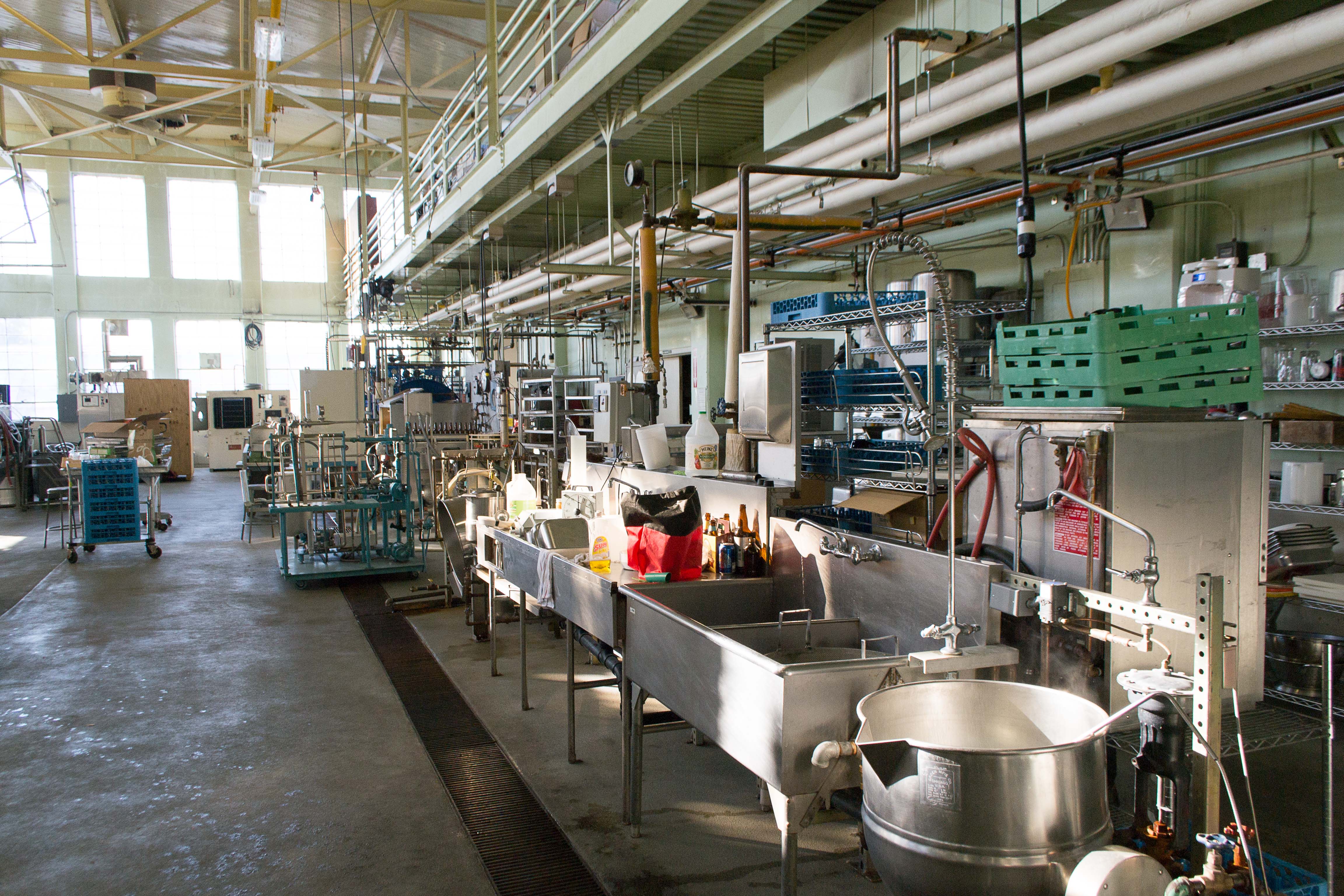
Photo from academic.microsoft.com
De-husking and milling-induced changes in the content of antioxidant compounds and the antioxidant capacities of rice fractions were investigated in this study. Six fractions rice husk, brown rice, and milled… Click to show full abstract
De-husking and milling-induced changes in the content of antioxidant compounds and the antioxidant capacities of rice fractions were investigated in this study. Six fractions rice husk, brown rice, and milled rice (MR) after four different degrees of milling (MR-3.5, MR-5.3, MR-7.1, and MR-9.9) were extracted with 70% aqueous ethanol or water. Total phenolic and flavonoid contents decreased significantly (p < 0.05) as the degree of milling increased. Rice husk and brown rice fractions showed higher 1,1-diphenyl-2picrylhydrazyl (DPPH) and 2,2-azino-bis-(3-ethylbenzothiazoline-6-sulfonic acid) (ABTS) radical scavenging activities than those of the MR, as well as higher levels of antioxidant components (total phenolics and total flavonoids). Phytochemicals such as phenolic compounds and vitamin E are mainly concentrated in the outer layers of the grains rather than in the endosperm. These findings suggest that consuming rice milled to a lesser degree may have certain health benefits.
Journal Title: Italian Journal of Food Science
Year Published: 2017
Link to full text (if available)
Share on Social Media: Sign Up to like & get
recommendations!